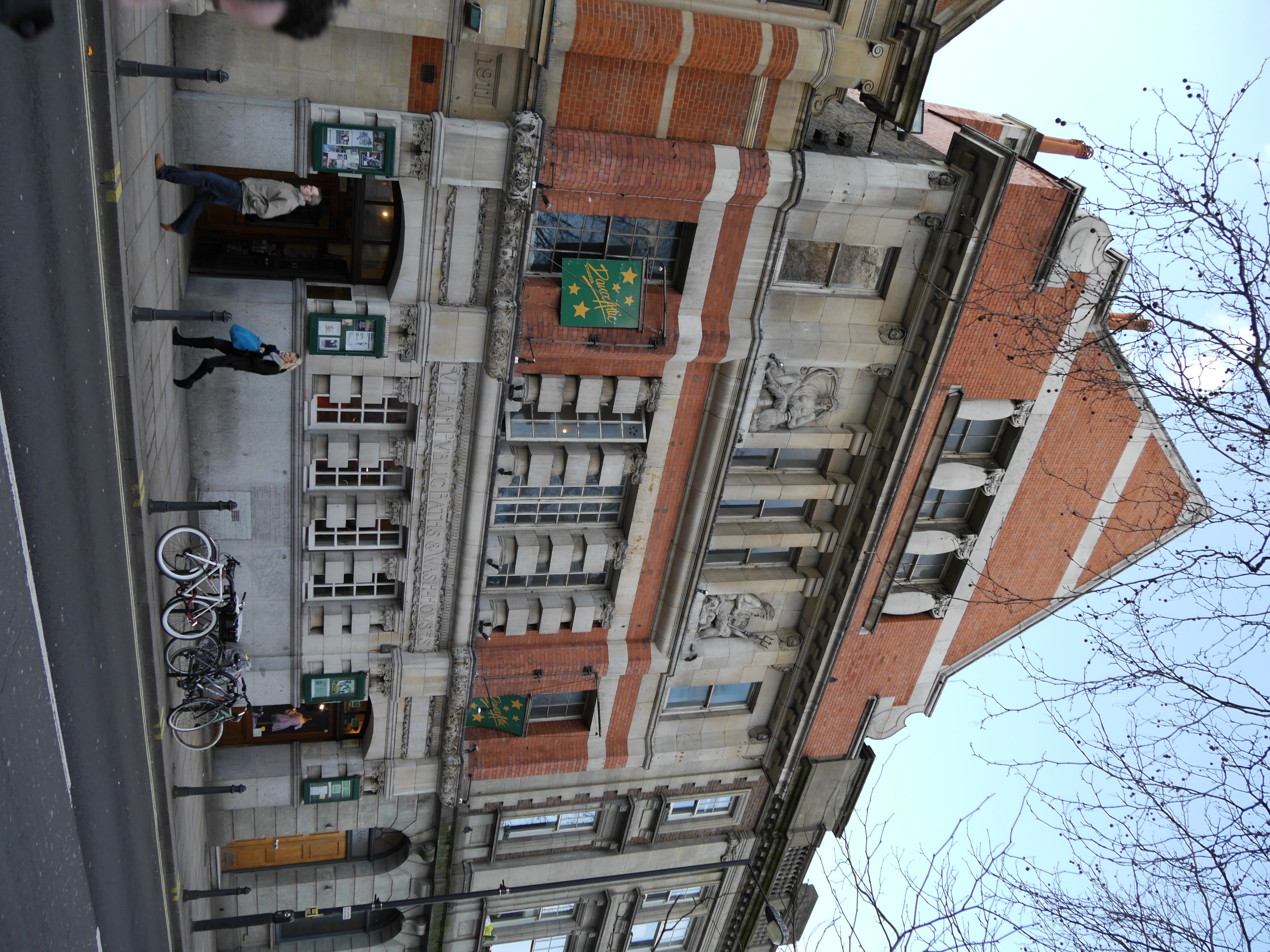Fulham Baths on:
[Wikipedia]
[Google]
[Amazon]
 Fulham Public Baths and Washhouses is a
Fulham Public Baths and Washhouses is a
Dance Attic Rehearsal Studios , Home
accessdate: 04/09/2014
Grade II listed
In the United Kingdom, a listed building is a structure of particular architectural or historic interest deserving of special protection. Such buildings are placed on one of the four statutory lists maintained by Historic England in England, H ...
building at 368 North End Road, Fulham
Fulham () is an area of the London Borough of Hammersmith and Fulham in West London, England, southwest of Charing Cross. It lies in a loop on the north bank of the River Thames, bordering Hammersmith, Kensington and Chelsea, London, Chelsea ...
, London SW6.
It began construction in 1899, compelled by the Baths and Washhouses Act 1846
Baths and wash houses available for public use in Britain were first established in Liverpool. St. George's Pier Head salt-water baths were opened in 1828 by the Corporation of Liverpool, with the first known warm fresh-water public wash house b ...
( 9 & 10 Vict. c. 74), that permitted use of public funds for the construction along with a campaign of using cleanliness to fight diseases like cholera. its creation at first was up to debate at first, with the vestry having to be convinced that the bathhouse would pay for itself, and its construction was eventually approved. finishing construction in 1902. Designed by the architect H. Deighton Pearson. As part of a Design competition, held in Fulham Town Hall
Fulham Town Hall is a municipal building on Fulham Road, Fulham, London. It is a Grade II* listed building
In the United Kingdom, a listed building is a structure of particular architectural or historic interest deserving of special protect ...
in 1899. The design includes small statues depicting Posiedon and Amphitrite
In ancient Greek mythology, Amphitrite (; ) was the goddess of the sea, the queen of the sea, and her consort is Poseidon. She was a daughter of Nereus and Doris (or Oceanus and Tethys).Roman, L., & Roman, M. (2010). Under the influence ...
, each being Greek god and goddess of the sea.
The foundation stone was laid on 30 October 1900, naming the people who would help make the baths creation possible, including the vestry, builders, the architect and Hayes Fisher, 1st Baron Downham, who represented Fulham in the house of commons
The House of Commons is the name for the elected lower house of the Bicameralism, bicameral parliaments of the United Kingdom and Canada. In both of these countries, the Commons holds much more legislative power than the nominally upper house of ...
at the time.
The building was a regular use public service used by both high and low class members of the local community, being a place where those would clean themselves and their clothing. at time of completion the building held 84 private slipper baths and three large swimming baths, also a washhouse for people to wash clothing.
In 1979 the baths were closed due to safety concerns, leading to 74 year old Widow Alice Davies to move in as part of a campaign to keep the baths open, evading police trying to remove her for the demolition, she finally was escorted out of the building in November 1980.https://www.lostlidos.co.uk/1998/06/29/fulham-baths-1902/
After demolition most of the site was emptied except for the front façade which was left virtually untouched.
It is now the Dance Attic Rehearsal Studios.HomeDance Attic Rehearsal Studios , Home
accessdate: 04/09/2014
Design & Layout
References
Grade II listed buildings in the London Borough of Hammersmith and Fulham Grade II listed government buildings {{UK-listed-building-stub